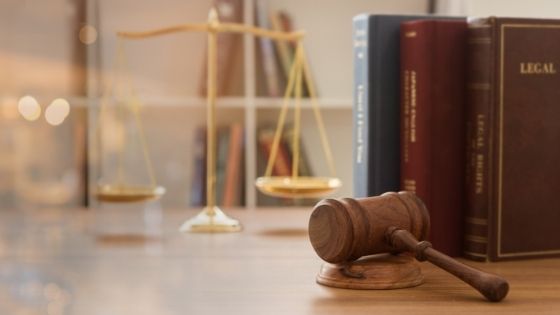If you have been injured in a slip and fall accident, you may be unsure how to prove negligence on the part of the property owner or manager. This might not be easy considering that you are likely dealing with injuries, medical bills, and lost wages. However, there are a few things that you can do to strengthen your case.


When you need to prove a slip and fall negligence lawsuit, the first thing you’ll want to do is contact a lawyer who is very knowledgeable in these case. There are many reasons why this will be helpful, but one of them is that they know how to evaluate if your case has merit. They can also tell you what’s going on in terms of legislation as it relates to lawsuits such as yours.
Proving Negligence
There are three things that must be proven in order to win your case: The property owner had a duty to protect you from harm, they failed in that duty, and that your injury was a direct result of their negligence.
An experienced lawyer knows that there are three main ways for proving negligence in a slip and fall claim: (1) witness testimony; (2) circumstantial evidence; or (3) reliance on the defendant’s own admissions or conduct. With these strategies, it becomes possible for an injured person like yourself to receive compensation from the at-fault party who caused your fall.
Witness Testimony
One of the easiest ways to prove negligence is through witness testimony. This involves getting people who saw what happened to testify in court. It can be helpful to have friends or family members who witnessed the fall, as they can offer compelling testimony about what transpired. However, it’s important to note that not everyone who sees an accident will be willing to testify in court; some people may fear retaliation from the defendant or simply be too busy to take the time to participate in a legal process.
Circumstantial Evidence
If there are no eyewitnesses to your fall, it may be necessary to rely on circumstantial evidence instead. This involves proving that the defendant’s actions or lack of action led to your fall. For example, if you slipped on a wet floor and there was no warning sign present, it would be circumstantial evidence that the defendant was negligent in not taking steps to prevent the accident.
It’s important to note that circumstantial evidence can be very compelling to a jury, as it often demonstrates that a defendant had control over the situation leading up to the fall.
Conclusion
Slip and fall accidents are a common occurrence in office buildings. If you have been injured in such an accident, it is important to seek legal assistance. Contacting a slip and fall injury lawyer can help prove negligence on the part of the property owner or manager. An experienced lawyer also knows how to evaluate if your case has merit and can provide guidance as to what to expect in terms of the legal process.
















